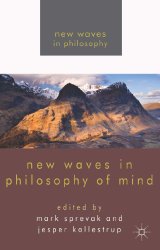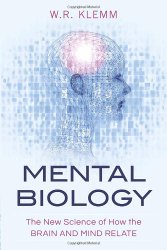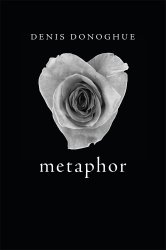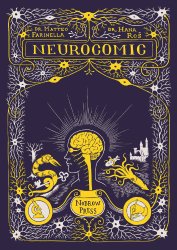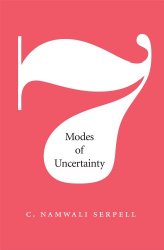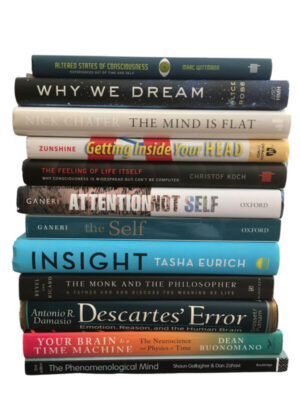new book – ‘New Waves in Philosophy of Mind,’ ed. by Mark Sprevak and Jesper Kallestrup
April 10, 2014
New Waves in Philosophy of Mind, ed. by Mark Sprevak and Jesper Kallestrup (Palgrave Macmillan, 2014)
Book description from the publisher:
Philosophy of mind is one of the core disciplines in philosophy. The questions that it deals with are profound, vexed and intriguing. This volume of 15 new cutting-edge essays gives young researchers a chance to stir up new ideas. The essays cover a wide range of topics, including the nature of consciousness, cognition, and action. A common theme in the essays is that the future of philosophy of mind lies in judicious use of resources from related fields, including epistemology, metaphysics, philosophy of language, philosophy of science, and cognitive neuroscience. Approaches that the researchers explore in this volume range from the use of armchair conceptual analysis to brain scanning techniques.
Google Books preview:
See also: Online conference at Google Groups (papers & discussion)
